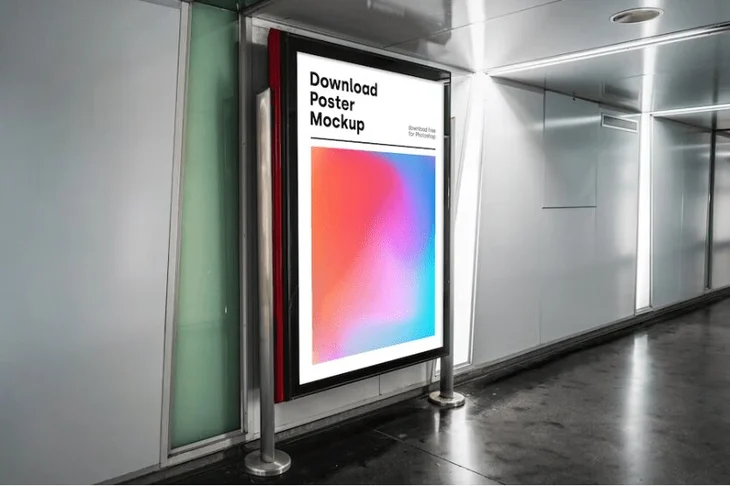Digital signage has entered the fast-paced, digitally driven, and visually rich world of interaction with its audience. Enhanced communication, product promotion, and providing an immersive experience in a retail store, office, or public place are made possible with digital signage. However, pricing the structure is critical to adopting digital signage. This overview is intended to guide you through the different cost contributors in the world of digital signage so that your investment is a well-informed one.
Components of Digital Signage Pricing
The price for digital signage has a few main components: hardware, software, installation, and ongoing maintenance. Each of these elements dramatically influences, but more importantly, the effectiveness of the whole digital signage solution.
1. Hardware Costs
Hardware is the most visible part of a digital signage system and is, in most cases, the most costly. It contents include:
- Displays: It is the kind of display—whether LCD, LED, or OLED—that decides the price. The cheaper ones are the LCD screens. Of the rest, the levels of brightness and contrast are high in LED and OLED, which makes them slightly expensive.
- Media Players: These play the stored content. Ranging from low-end, single screen, single use, through to high-end multi-screen controllers.
- Mounting Equipment: Brackets, stands, enclosures—the cost of each varies slightly by the needed robustness and complexity.
- Additional Hardware: Sensors, cameras, touch screens, etc. can be used to increase the functionality of a digital sign in other ways.
On average, the hardware costs typically $500-$5,000 per display, depending on screen size, resolution, and possibly included features.
2. Software Costs
It serves as the backbone of the digital signage system; thus, it controls content creation, management, and distribution. The Key software components include:
- Content Management System (CMS): A robust CMS can schedule and manage the content to be viewed on several screens. The pricing for CMS subscription models ranges from $10 to $50 per screen per month.
- Design Software: Some have design software built in, while for others, you’ll have to download standalone design software from third parties.
- Analytics and Reporting Tools: These applications help you understand the performance and engagement from your digital signage.
Software costs vary dramatically, depending on network complexity and scale, but generally run from $100 to $1,000 per screen per year.
3. Installation Costs
A professional installation ensures that your digital signage is set up correctly and operates seamlessly. Generally, some crucial factors make the price vary for installation:
- Number of Displays: More displays will mean a higher installation cost.
- Location Complexity: Rigging screens in hard-to-reach places or out-of-door locations can mean additional expenditure.
- Labor and Expertise: Experienced technicians will ensure quality but be more costly
The application can range from $200 to $1,000 per display, depending on the complexity of a project.
4. Ongoing Maintenance and Support
Proper maintenance for a digital signage system ensures that it performs and operates effectively throughout its life cycle. Maintenance costs of a digital signage system include:
- Technical Support: Regular support provided for troubleshooting and rectification of any fault.
- Software Updates: Always keep software at the latest level to ensure that the implemented functionalities are up-to-date and free from vulnerabilities.
- Hardware Maintenance: Replacing or repairing broken equipment.
The operational maintenance costs can reach $100-$500 per screen per year.
Hidden Costs and Considerations
Other than the significant costs in this document, here are a few more hidden costs/considerations that may impact your overall investment:
- Content Creation: Attracting, relevant content is the lifeblood of digital signage. This could be a one-time fee to designers or some ongoing charge to content development/management services.
- Internet Connectivity: It requires consistent access to the Internet for content updates and management in real-time.
- Energy Consumption: Digital signage uses energy. While a single sign doesn’t use that much energy, the energy used by an entire network can be significant.
- Training: Sometimes the addition of the system to staff members requires training in the use of and management of the digital signage system.
Value and ROI of Digital Signage
Even though digital signage cost can be high, the value and return on investment are often there to support the expenditure. Benefits include:
- Increased Engagement: It is far better in catching attention due to its dynamic and more aesthetic content than static signs.
- Improved Communication: Getting the target messaging updated quickly ennobles communication with customers and even with employees.
- Revenue Generation: In the retail sector, this digital signage shall increase the sales of a business by promoting the various products and available offers.
- Brand Awareness: Proper and high-quality visualization content always ensures brand identity and recognition.
Execute strategizing during planning and pick best-fit components and partners based on goals and budget to maximize ROI.
Budgeting Tips for Digital Signage
The following are some tips on how to make the best of your investment:
- Start Small: Use a pilot program that allows you to test the effectiveness of the system to make some improvements before going on a grand scale.
- Leverage Bundles: Some offer package hardware and software bundles that can be discounted if the provider can supply them.
- Optimize Content: High-content creation makes your display accurate.
- Regular Reviews: Periodic reviews and strategy adjustments will help you be effective within your budget.
Conclusion
Digital signage is a powerful tool that can transform how you engage with your audience. You are now able to make an educated decision that will best meet your budget and needs because you know how both the open and hidden elements of digital signage cost. Remember that strategic planning, development of excellent content, and continuous monitoring and optimization help you get the most out of everything. When correctly managed, digital signage can provide much value and a substantial return on investment to your business or organization.



